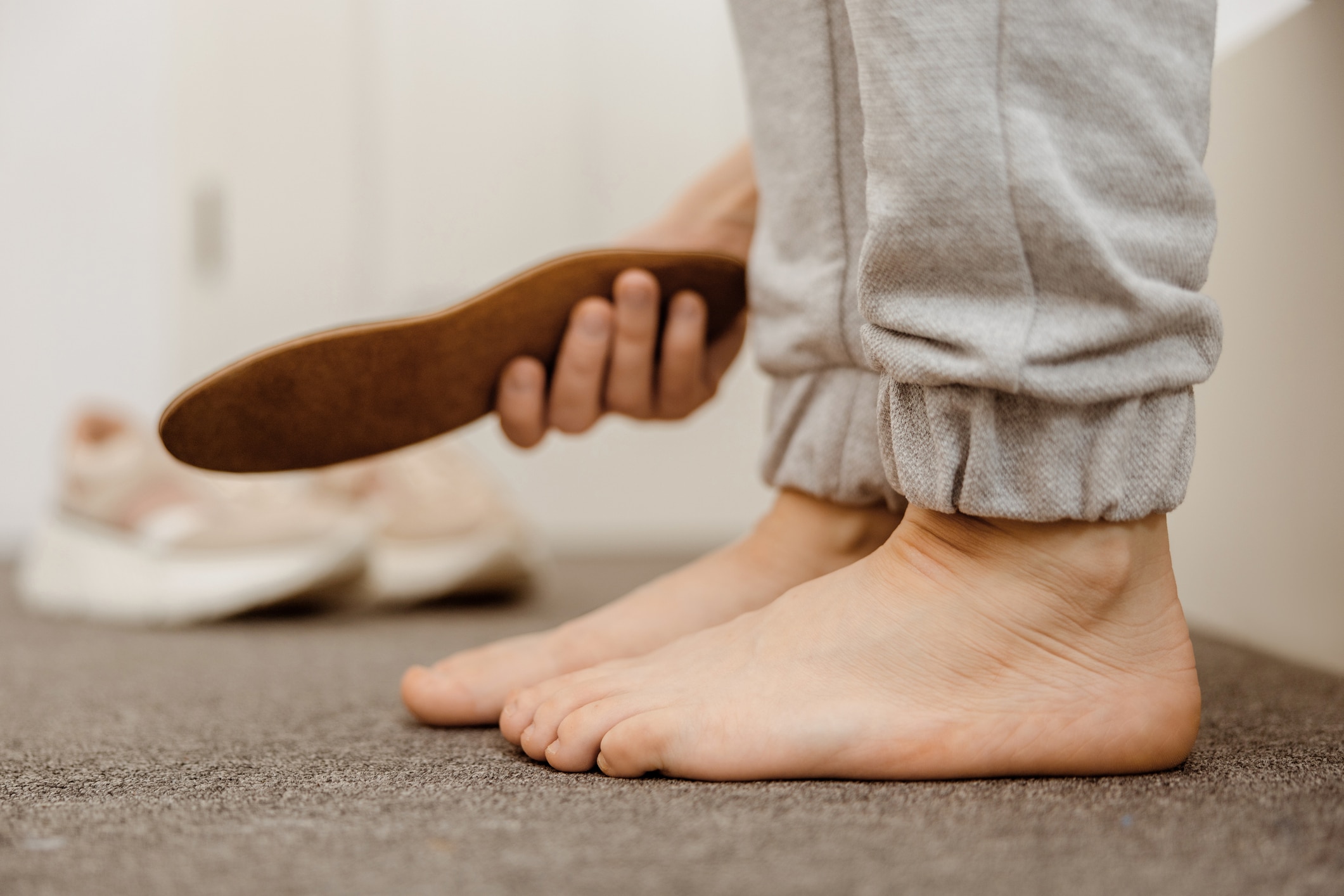- They are some kind of fungal infection.
- They look gross.
- Most people want to get rid of them as fast as possible.
All true.
But there’s a lot more to this unsightly, frustrating condition than just undesirable looks. And learning more about what those things are can really help your quest to get rid of them—or, even better, avoid getting them in the first place.
So without further ado, here are seven things you (probably) didn’t know about fungal toenails!
They’re Caused by the Same Fungi Responsible for Athlete’s Foot
The scientific name for this class of fungi is dermatophyte, and in addition to fungal toenails and athlete’s foot, they also cause related skin conditions such as jock itch and ringworm.
Dermatophytes get their primary nourishment from keratin, a protein found in abundant supply in nails, skin, and hair. You can see why they would cause so many problems for humans!
One important thing to note is that, if you already have athlete’s foot (or have a history of it), you are much more likely to get fungal toenails, as the infection can spread through indirect contact or contaminated shoes. Treating your athlete’s foot as quickly as possible should be high on your priority list if you want to avoid an even worse toenail infection.
You Can Get Them from the Spa
Who doesn’t love a relaxing trip to the spa or salon for a nice pedicure?
Your toenails don’t—at least if you don’t choose your spa and nail technician carefully.
If your spa is not following the highest sterilization protocols, fungi can spread through contaminated tools, foot baths, or even polish. Furthermore, inexperienced technicians may cut your cuticles back too far, creating an opening for fungi to get in.
They Don’t Go Away on Their Own
You might be tempted to think that, if you just wash your feet every day and try to give them some air, eventually the fungus might go away on its own.
We appreciate your cheerful optimism. Unfortunately, you’re not going to have much luck.
The problem is basically twofold. One, the fungi are never going to run out of keratin to snack on, since the skin and nail provide an essentially limitless supply. And two, the nail itself provides very good protection.
In other words, if you don’t actively treat the infection, it’s going to stick with you forever. Years, decades … doesn’t matter. If you want them to leave, you’re going to have to kick them out.
“Home Remedies” Probably Won’t Do Much Good, Either
As we said before, the nail itself serves as a highly effective barrier that protects the toes. Topical products, soaks, and other typical home remedies or treatments (such as tea tree oil) just can’t penetrate the barrier to reach the fungi underneath. The success rate for these treatments is vanishingly small.
We do have a topical medication we can offer as a safe, non-toxic treatment option, and it can be effective if you are disciplined at the daily application. But it does take up to a year or more to work, and requires a visit for periodic nail thinning by our doctors.
The Best Treatment Option Is a Laser
Seriously!
For years, the “gold standard” treatment for fungal toenails was oral antifungal medications. The success rates are okay with these, but can be accompanied by some very unpleasant side effects.
Enter laser treatment. This advanced option—offered by the team at Lakes Foot and Ankle Associates—improves over the old treatments in many ways. It’s convenient, painless, has no known side effects, and has high overall success rates. The laser wavelength is precisely tuned to pass through the nail and kill the fungi—all without damaging healthy skin.
We’re really not exaggerating when we say it’s revolutionized the way we treat fungal toenails.
You No Longer Have to Wait for Cosmetic Results
We referenced this earlier, but now let’s take a closer look.
Traditionally, one of the most frustrating things about treating fungal toenails—even with laser—is that it still takes several months to get the final cosmetic result you want. That’s because killing the fungus under the nail won’t magically repair the portion of the nail that’s already been damaged. For that, you must wait for new, healthy nail to grow in.
But not anymore!
Instead, you could make an appointment for KeryFlex aesthetic treatment. In just one session, the technician will thin and prep your nail, then create, bond, cure, shape, and buff a new nail made of a medical grade resin.
The KeryFlex nail not only looks totally natural, but it even flexes, moves, and breathes like a regular nail. (You can even paint and file it!) You’re no longer stuck with an ugly, damaged nail while you wait for new healthy nail to grow in.
They Can Come Back If You Don’t Prioritize Aftercare
One quick word of warning before we go.
Fungal toenails tend to return even after they’ve been treated. That isn’t because treatments aren’t effective. It’s because, far too often, people don’t change the bad habits that led to infection in the first place.
So if you want your fungal toenails to stay gone, it’s important that you make preventative care a part of your daily routine going forward. This includes things like:
- Washing your feet every day
- Wearing breathable socks and shoes
- Applying antifungal powders or sprays to your shoes
- Rotating shoes daily to allow sufficient drying time
- Never going totally barefoot in public locations
When you come in to see us for an appointment, we’ll be sure to break down the biggest risk factors and causes so you can build a successful prevention strategy!
Don’t wait any longer to break free from your unsightly fungal toenails! Make an appointment with Lakes Foot and Ankle Associates today by calling (248) 360-3888.
| Monday | 8:30am – 5:00pm |
| Tuesday | 9:00am – 5:00pm |
| Wednesday | 8:30am – 5:00pm |
| Thursday | 9:00am – 6:00pm |
| Friday | 7:30 am – 4:00pm |
| Saturday | – Closed – |
| Sunday | – Closed – |



